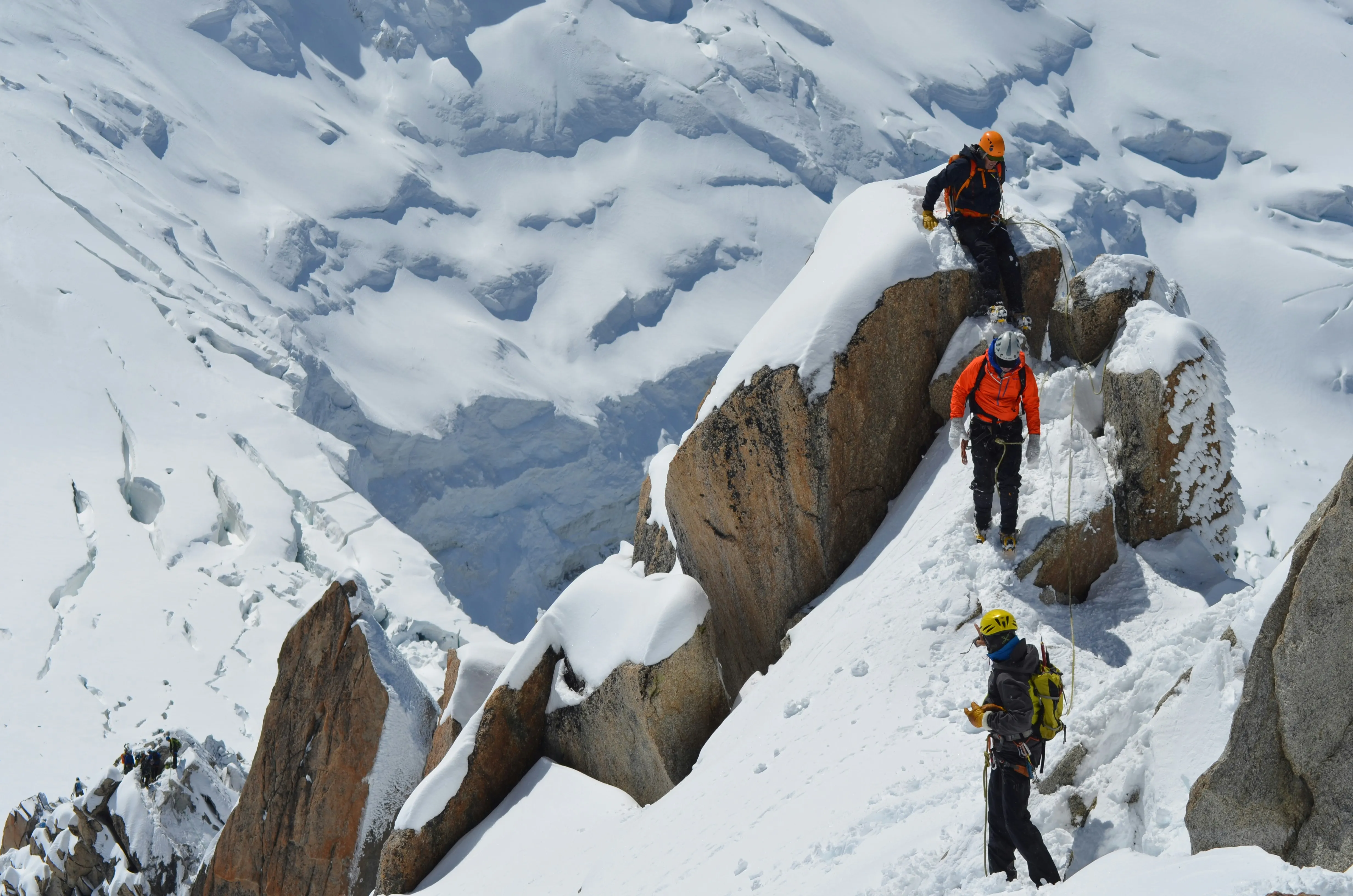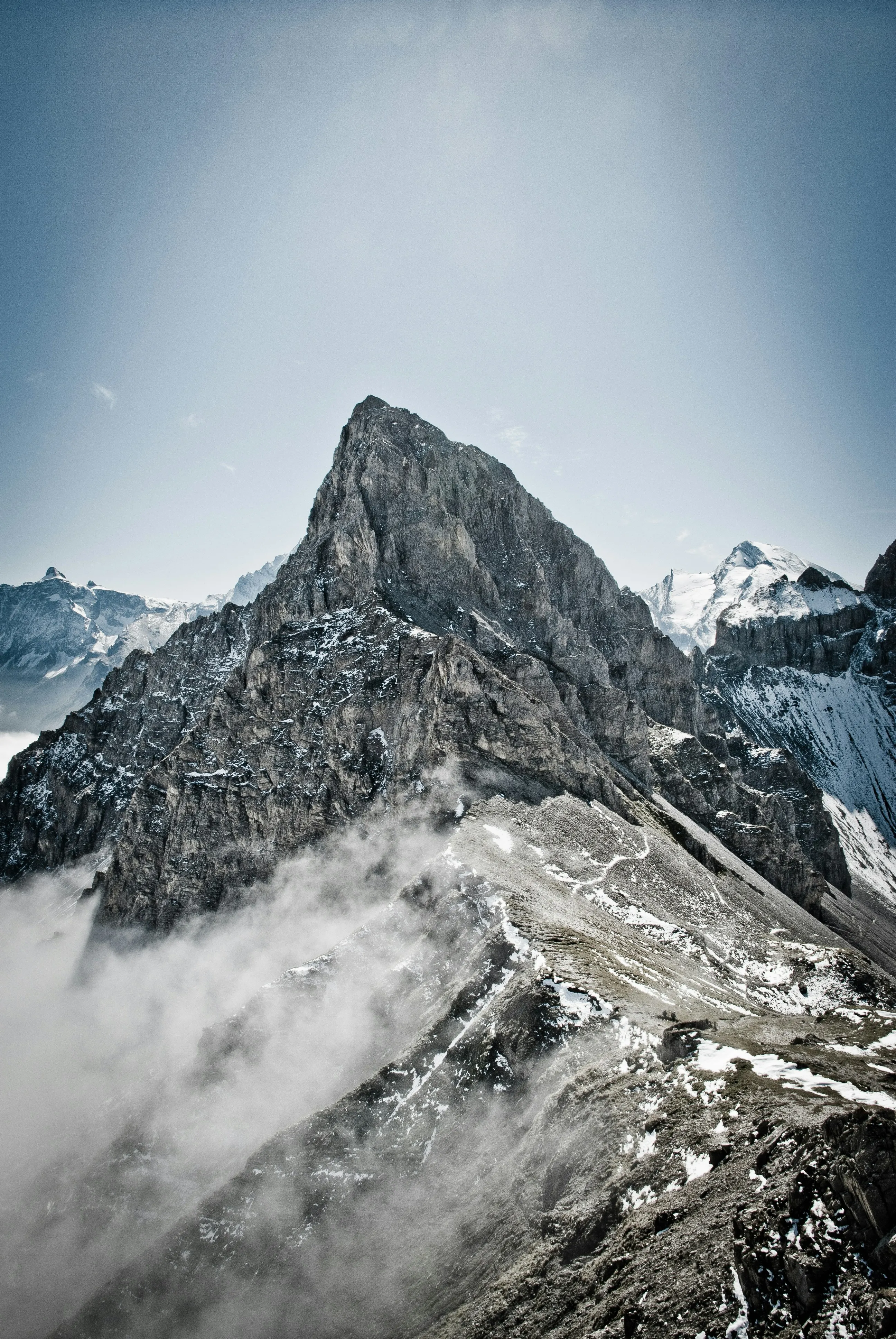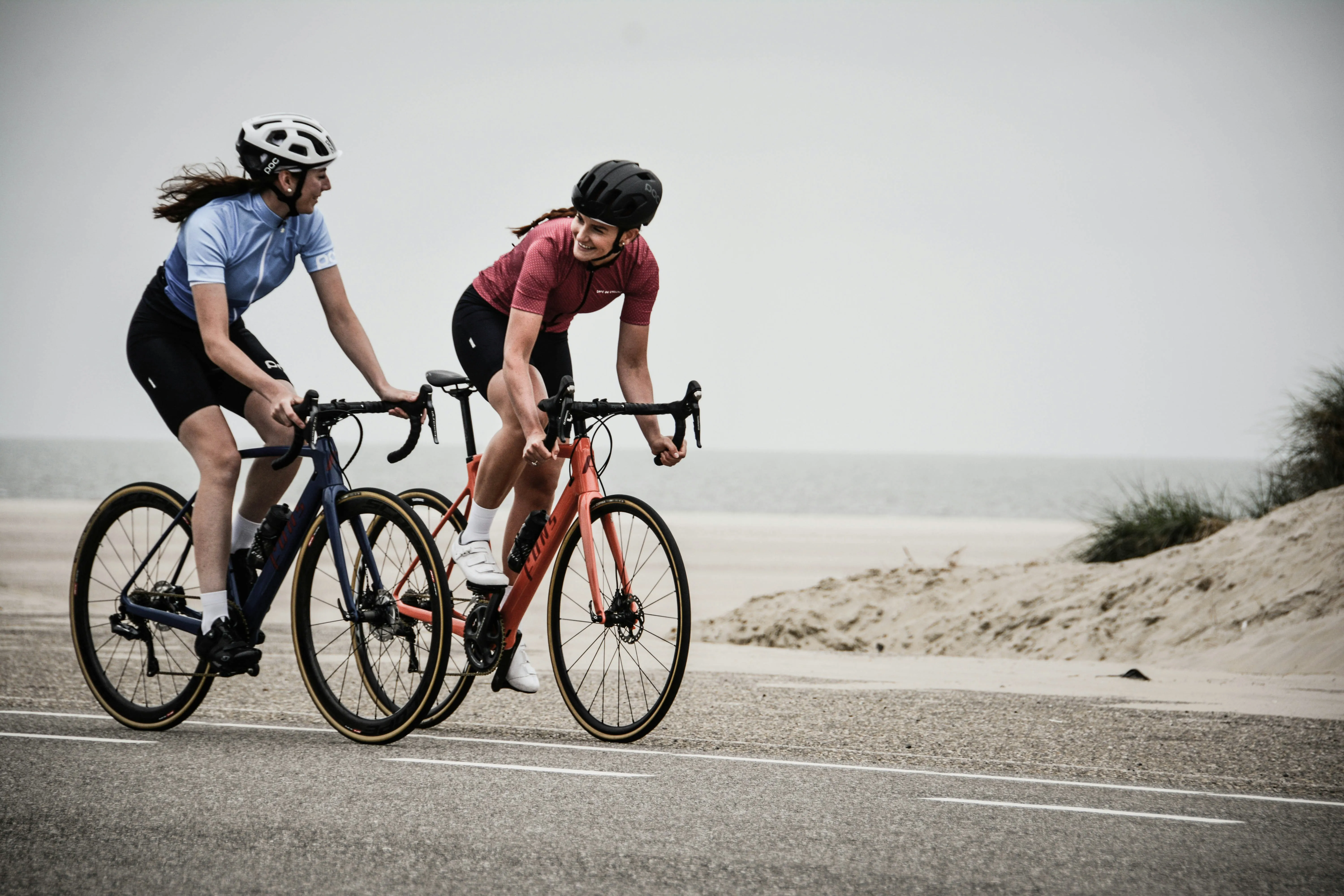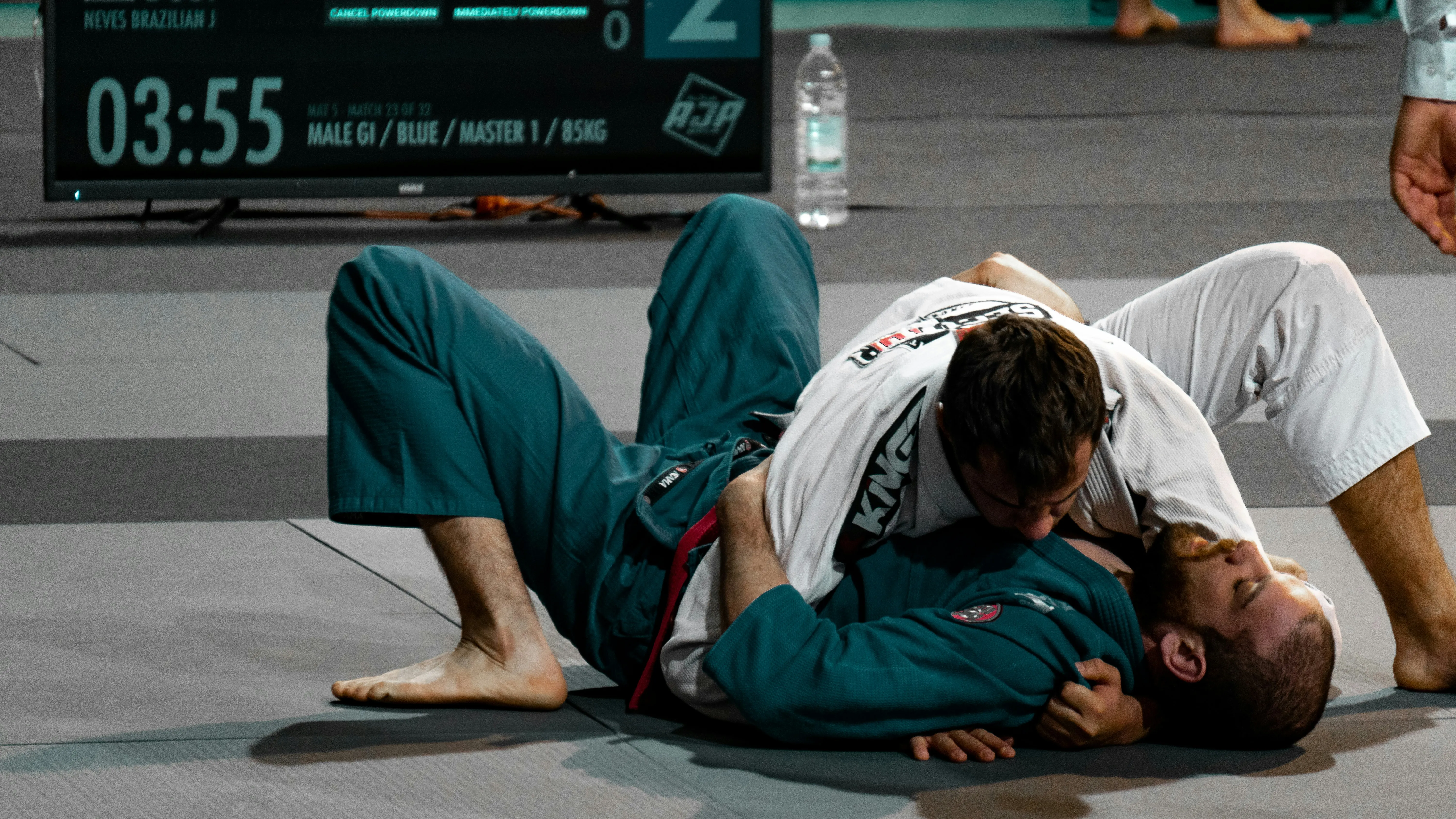A tool for peak performance
Altitude training, also known as hypoxic training involves living and/or training in a low-oxygen environment. This can be achieved naturally by training at elevation in the mountains or artificially using altitude simulation equipment like the ones we offer at KILIMA. While traditional altitude camps - living and training high in the mountains - are popular, living and training entirely at altitude can impair training intensity, not to mention they can be expensive and time consuming. Simulated altitude training was developed to help you gain the benefits of high-altitude acclimatization without traveling to the mountains.
.KilimaPerformanceLogoWhite-0317d53f56b59c2f0c0d6352aba0b6fd1c53b824baa75d95b276e5f399d2c39f.png)
.Headers12-e6e75d3580138408b3c31800a863698632cf76dce39c4de423762efddfa6d7f0.jpg)
.anonymousdiversesportswomensprintinginoutskir20250309031156utc-adce9b4369d037cecadb25810e7d87073cd6afe51d36cd7b8c656bb7fe8edeef.jpg)



.KILIMABrunoBatista82-4b04c8e95c540b45349ca53dc0a617a6f4f99354ba2f67817b30bb248ea23cae.jpg)
.newchampionfulllengthofyoungafricanmanin20250324165114utc-1ee5f22185738c1af33d39999f5736ff755a61b481bb56c1a9d6b1476f832538.jpg)

.att.rYHeUR2uzoQH57cWlX6phif6fDz1MSad92Fw9g4z5Y-ad81de511daece8407e7b716957ea98627fa7c3cf531269dffdd85c3d838cf96.jpg)
.youngsportswomenplayingsoccerontrainingatth20241213183034utc-83ff18e726dd87948f12b9dbc21fef4e0c3e1fc08ad184234803f721d19ba518.jpg)

.PHOTO20250308084641-1c38acb3048aac3312821b598bd629c6ee226b643ab8c5cbf90aa1fedaeb28e0.jpg)

.fulllengthofyoungafricanmaninsportsclothin20250327000729utc-e0ef629b20fc0911d6ecc881a699a7d21b8f81ddd6ccc69b198037676be71901.jpg)